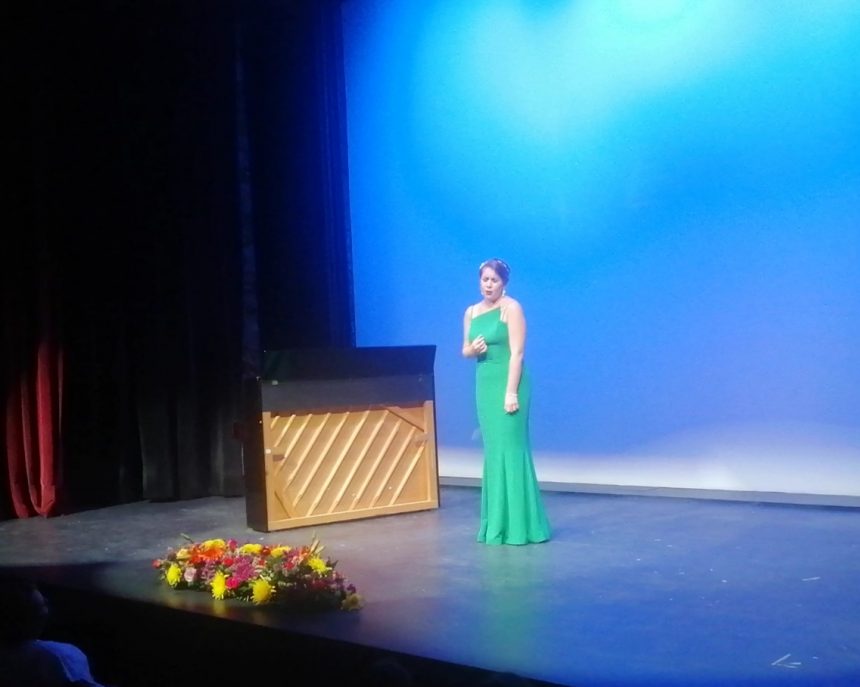Concierto
“Zarzuelas y Canciones Mexicanas”
Sáb, Jul 10, 6pm
Teatro Santa Ana
La Biblioteca, Reloj 50A
350 pesos
By Victor Pagán
The zarzuela is a living genre that reflects, in a theatrical and fun way, many aspects of Spanish life. This lyrical genre was born in Madrid in the 16th century as an accumulation of everything Spanish: mainly its characters, parties, customs, anecdotes, and literature. Its name comes from the Palacio de la Zarzuela, the place where the first of them were performed.
La Zarzuela is a work with both spoken and sung parts. Thanks to the venues that were soon created for this popular show, Teatro de La Zarzuela (1856) and Teatro Apolo (1873–1929) both in Madrid, combined with the important lyrical companies and their numerous tours in Spain and America the zarzuela was performed throughout all Spanish-speaking countries reaching millions of viewers who enthusiastically welcomed it. For some it was the recreation of the different types of society; for others the distant memory of the land abandoned for the American adventure or the gift of the Motherland (Spain) to the overseas lands.
In the first half of the 19th century the first modern zarzuelas were written with original texts and scores full of Spanish mannerisms. Modern zarzuelas are fun stories because Spanish-speaking audiences of today have critically good taste and enjoy understanding the plot more than just passion for music.
The 19th and 20th centuries were times of great production of zarzuelas in Latin America especially Venezuela, Cuba, Mexico, and Argentina where they are frequently performed by theater companies specializing in this genre.
The zarzuela, which was then disseminated through radio, cinema, and records, reached all areas of the Spanish-speaking world as a sign of national identity. For all this, knowing today the jewels of the Spanish lyric genre means discovering a beautiful and fun artistic expression, a scent from Spain–the zarzuela.
This concert of zarzuelas and Mexican songs compiles some of the most beautiful arias of zarzuelas and pays tribute to the fusion of cultures that today make up the national identity in Mexico and uses art as the great element of union between Spain and Mexico.

